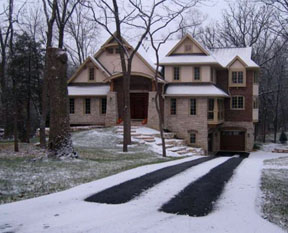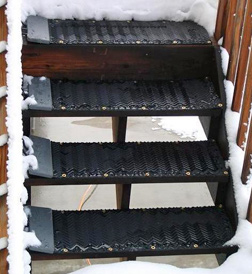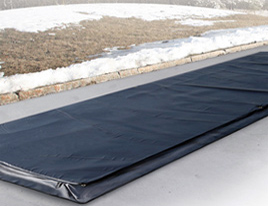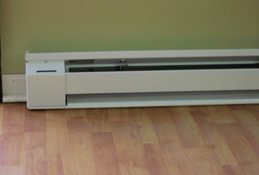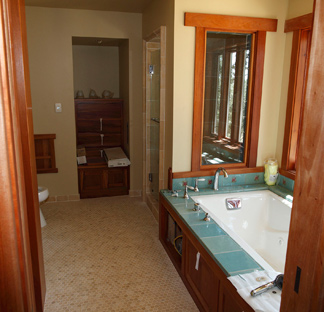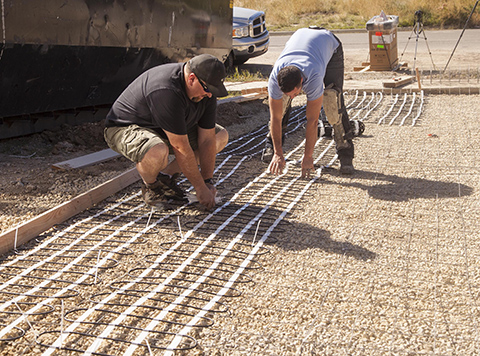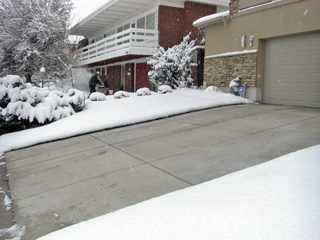Heating systems for homes and businesses are faced with an increasing number of options to consider for their primary and secondary heating. While fire places and coal burning stoves become less popular, other alternative heating methods are quickly becoming more common. Traditional furnaces as a primary heating system are now being challenged from radiant baseboards, radiant floor heating systems and even radiant ceiling heaters. Many of these new heating systems are using electricity instead of natural gas or heating oil.
Space heaters are also becoming a less expensive option to upgrading a poorly insulated home or to add supplemental heat to cold areas. Bathroom heaters and heated towel warmers mount to a wall and provide comfortable warmth to bathrooms. Many interior designers are adopting these electric heating systems as fashionable accessories to bathrooms, basements and home offices.
A common challenge to traditional heating systems is the inability to zone your home for specific areas of the home without heating the entire home. Electric radiant heating systems can be easily designed to be independently controlled by zone which enables a home owner to increase the temperature for defined areas of the home during occupancy and conversely allows a particular zone to remain off during down times. This strategy not only saves the home owner money, it gives you complete control to efficiently warm you most used living spaces without comprising cost.
Choosing the best heating system for a new home or to add supplemental heat to a cold spot in your home now takes a little homework. The radiant consultants and designers at Warmzone have been trained in all of the latest heating systems to properly assess your project and prescribe a system that will add value to your home inside of your budget. Contact us by phone or email to learn more about your home heating goals and we will sell you a heating system that works for you.

